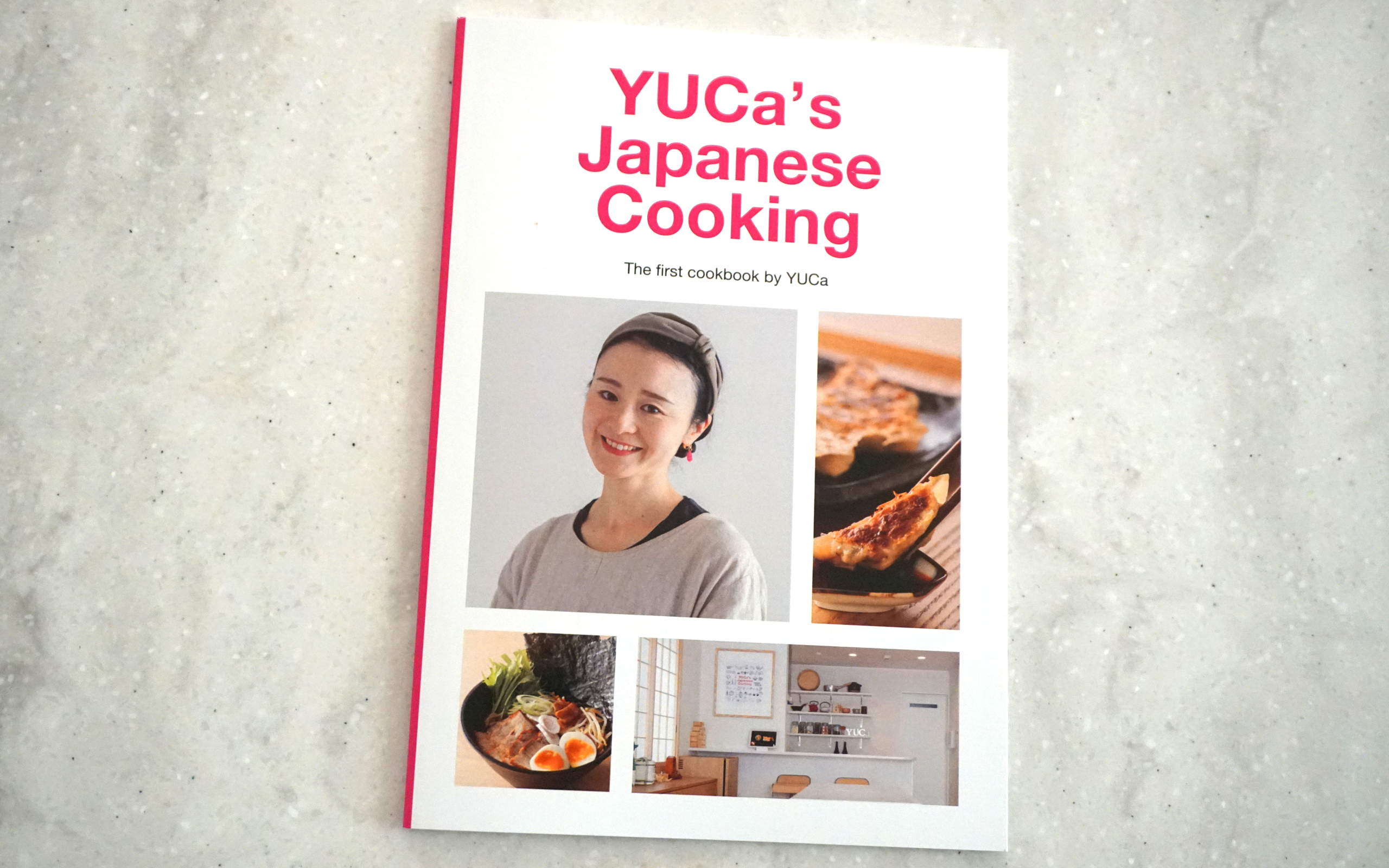All about Mochi
Mochi (もち、餅) is a polite term for mochi, a food made from glutinous rice. Usually, it is made by steaming glutinous rice and pounding it with a pestle, but it is also widely called mochi when made from grains, rice flour, kuzu flour, and other ingredients. It is a round or flattened food.
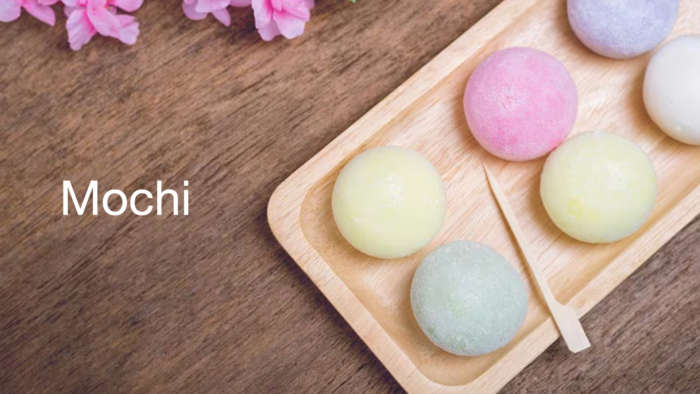
Mochi in foreign countries seems to be widely recognized as a sweet with ice cream.
Mochi are rich in carbohydrates (carbohydrates), which are the main source of energy during exercise; they contain more carbohydrates in 100g than rice.
Many people can eat two or three rice cakes even if they cannot eat a bowl of rice or a bowl of rice. Another excellent point of mochi is that it can be eaten in a variety of ways, such as in soups, wrapped in nori (seaweed), or with daikon radish or natto (fermented soybeans) to take in other nutrients at the same time.
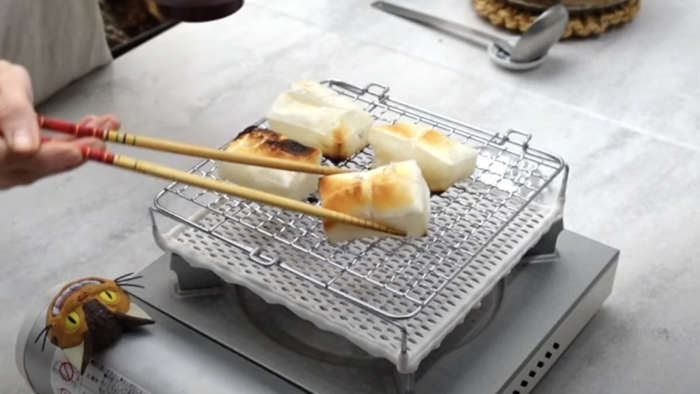
It is believed that the rice cake culture was introduced along with the rice culture. In Japan, in particular, people had a particular preference for the stickiness of mochi, which is said to have led to the creation of a unique mochi culture. It is mentioned in documents from the Nara period (710-794), and at that time it was used as a confectionery for the nobility.
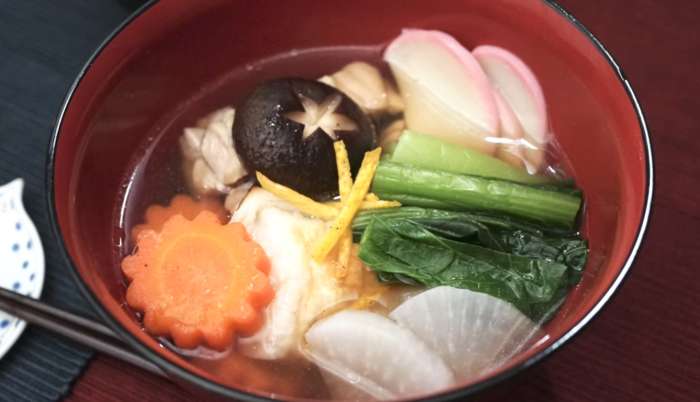
By the Heian period (794-1185), event foods were established and Kagamimochi (mirror-shaped mochi) in January, Hishimochi (rhombus-shaped mochi) in March, and Kashiwa Mochi (mochi wrapped with oak leaf) in May were introduced. Botamochi (adzuki bean mochi) and grilled mochi and mochi sweets became common during the Kamakura period (1185-1333), and became increasingly popular during the Edo period (1603-1868), when mochi sweets were used for annual events.
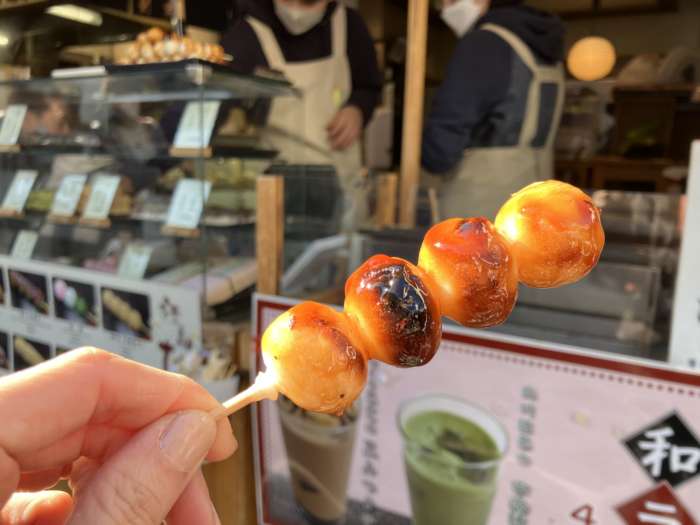
According to statistics from the Ministry of Internal Affairs and Communications, a family in Japan eats about 43 commercially made mochi (about 54 g each) per year.
Relater recipe :
! Caution !
The lower the temperature of mochi, the harder and stickier it becomes. Therefore, cut them into small, easy-to-eat pieces and drink tea or soup to moisten your throat before eating. Also, do not eat too much at once, but chew it well before swallowing.
Mochi Ice Cream
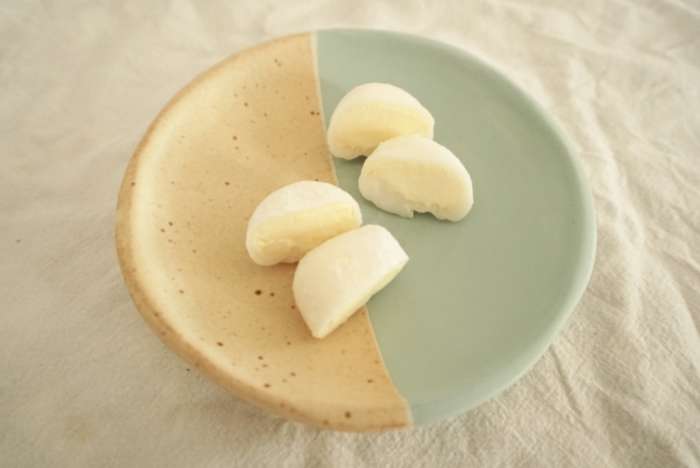
Overseas, Mochi is recognized as a sweet wrapped in ice cream. In Japan, a particular product from a certain confectionery maker, often found in convenience stores and supermarkets, is well known. This recipe uses vanilla ice cream, but you can customize it with your favorite ice cream.
Read More
Ozoni (Japanese New Year’s Soup with Mochi)

Ozoni (お雑煮) is a Japanese New Year’s Soup with Mochi. In Japan, people enjoy this seasonal soup on New Year’s time. There are 2 types; Kanto-style (Tokyo area) and Kansai-style (Kyoto area). Tokyo style has soy sauce based soup with chicken and mochi, mainly. Kyoto style has white miso based soup with yam and mochi. This time, we will make Tokyo style.
Read More
Oshiruko (Red bean soup with mochi)
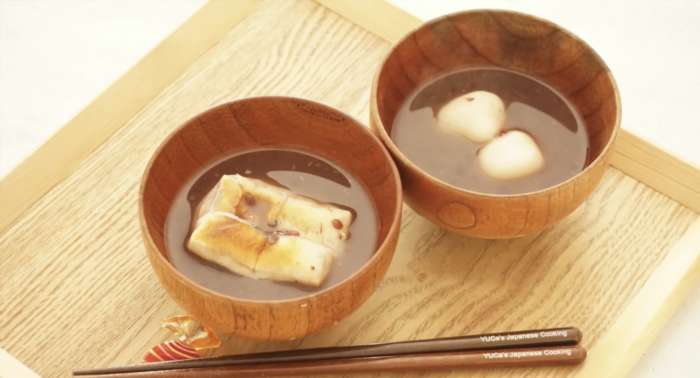
Oshiruko (おしるこ、お汁粉) is a sweet red bean soup with mochi or shiratama dumplings in it. This is one of the traditional soup sweets in Japan. A dish similar to oshiruko is called zenzai (ぜんざい). In the Kanto region, zenzai is rice cake poured with red bean paste. You can taste this hidden sweets at traditional Japanese sweets shop called Kanmi-dokoro (甘味処). If you order oshiruko at a shop, you may find it comes with oshinko (お新香). The salty oshinko enhances the sweetness of oshiruko.
In this recipe, you will see two types of Oshiruko; one with the block type pre-made mochi and the one with shiratama dumplings made of glutinous rice flour.
Read More
Kumade (熊手) & Tori-no-ichi (酉の市)
We bought a “Kumade(熊手)” at the Torinoichi (酉の市) market held in Asakusa! Torinoichi(酉の市) is an event held at temples and shrines associated with eagles and birds, such as Tori-no-temples, which are numerous in the Kanto region.
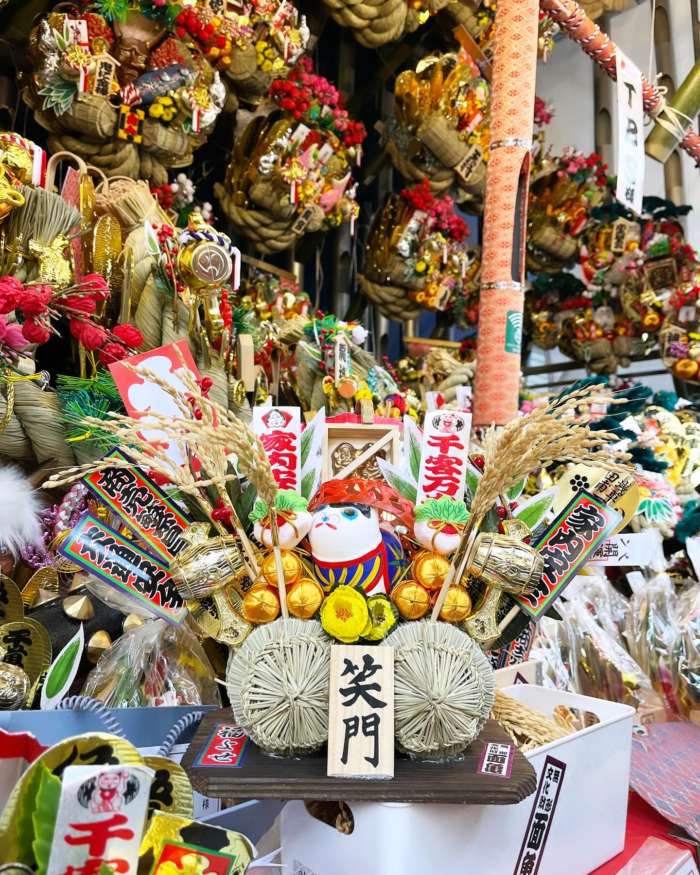
Held every year on the “day of the Tori”(酉の日) in November, visitors purchase lucky charms such as “Kumade”to report their good fortune for the year and wish for good fortune in the following.
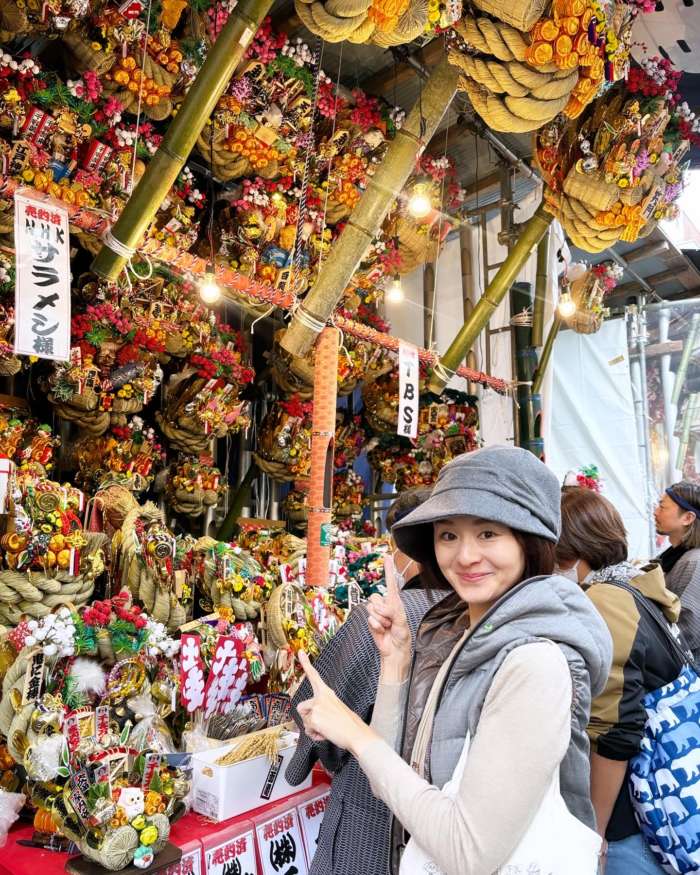
The Kumade, used as a tool for raking up fallen leaves and other debris, is said to be “a tool for raking up luck” or “a tool for raking up gold and silver” because of its shape and function, and has come to be treated as a lucky charm that brings luck, fortune, and prosperity to business.
Read More
“School Revolution” by NTV (Japan)
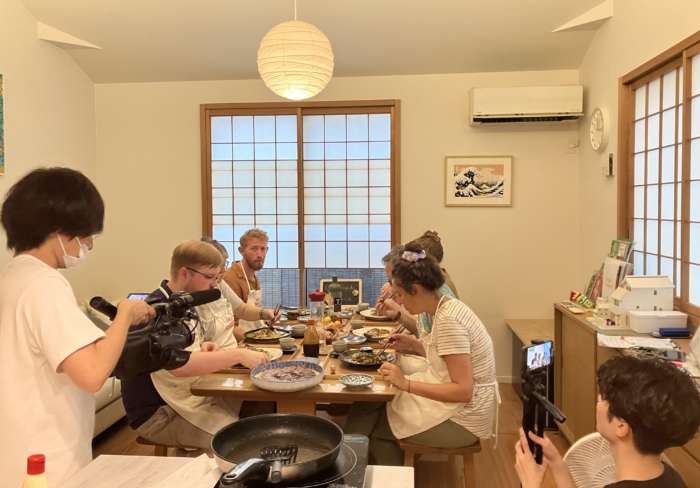
YJC was featured on Japanese TV program. 📺✨
It was a quiz show where the casts would guess what we were making in the class!
To watch this show, click here for special limited edition broadcasts.
Read More
Tokyo Guide : Azabu Juban

Azabu Juban (麻布十番) is a district of Minato (Minato-ward) in Tokyo. Nestled between Roppongi and Tokyo Tower, Azabu Juban is a surprisingly laid-back neighborhood considering its central location. The convenience of several supermarkets in a central location and the proximity of Hiroo and Roppongi make it one of the more trendy and sought after residential areas of Tokyo. With an old-school atmosphere that retains its Edo period roots, this upscale residential area boasts some of the highest rents in the city.
Azabu Juban is also home to several embassies, making it a popular place of residence for diplomats and globally-minded people. This synergy between traditional and metropolitan gives the neighborhood a truly one-of-a-kind feel.
Read More
YJC’s Cotton Bag & Denim Bag
Thank you for your patience! Finally, our cotton bags and denim bags are back in stock! It has been half a year since they were sold out, but we have received strong requests from our customers who participated in our cooking classes, so we decided to re-produce them.
This time, both bags are limited to 50!
The denim fabric tote bag is for those of you who usually carry large bags or wear denims(jeans) a lot.
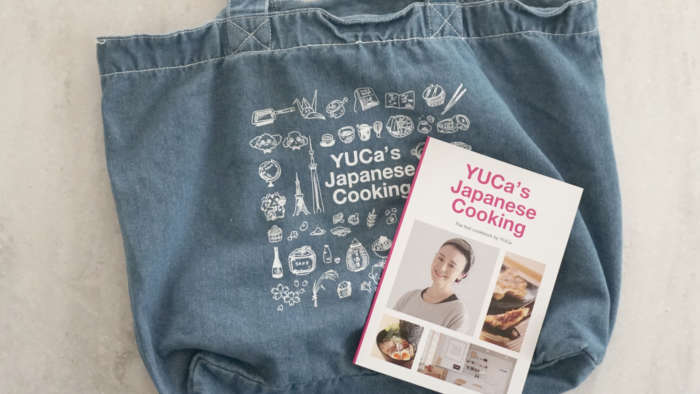
The cotton eco-bag is a second bag that you can carry with you every day.
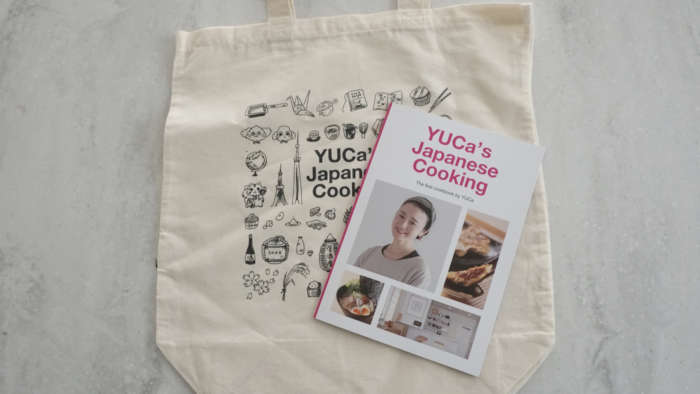
If you are interested in purchasing these YJC’s original items, please place your order using the request form below.
https://yjc.tokyo/contact-us/
Thank you very much!
Salmon Nanbanzuke
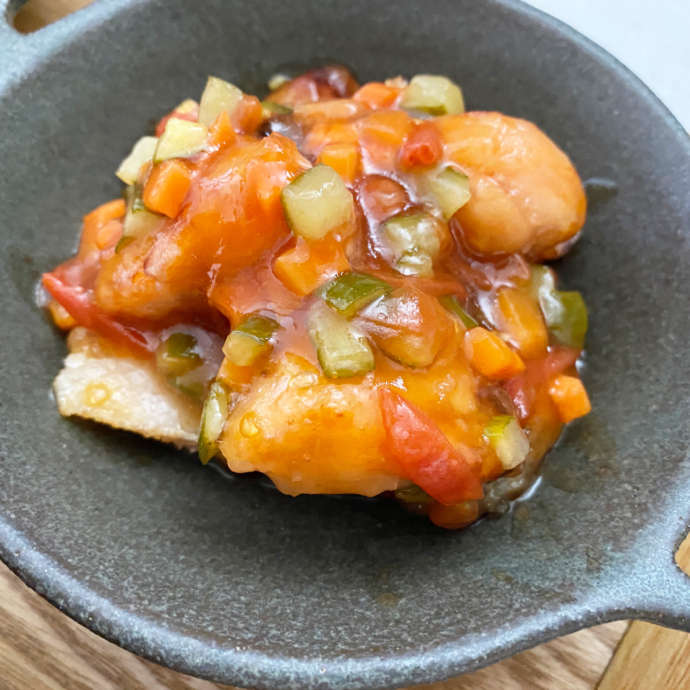
Nanbanzuke (南蛮漬け) is a dish in which fish or meat is deep fried and then marinated in sweet vinegar and aromatic vegetables such as red pepper and leeks. The term “Nanban” comes from the “Nanban trade (南蛮貿易)” that began around the 16th to 17th century, and refers to the people and products of Spain and Portugal, who were the trading partners at that time.
It is said that the escabeche and its unique cooking method introduced from these countries gave rise to the term “Nanbanzuke”.
Nanban-zu(南蛮酢), made by adding soy sauce, sugar, and other seasonings to vinegar, has a familiar sweet and sour taste. It is delicious hot or cold, and the flavor changes depending on how long the fish has been marinated. This time, we will introduce Nanbanzuke using salmon.
Read More
Spicy Salmon Onigiri
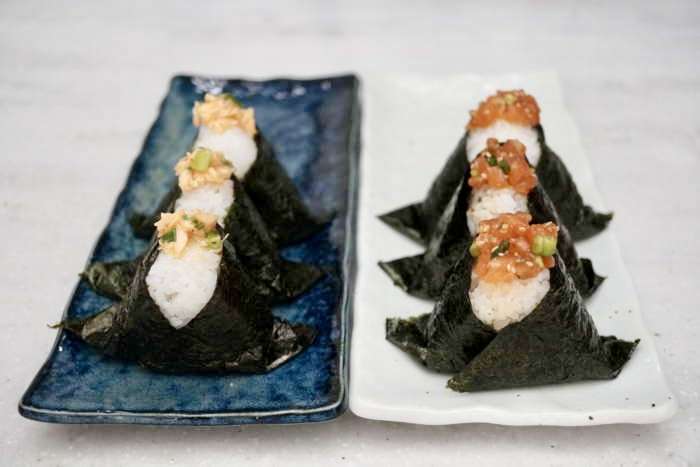
Do you like spicy food and salmon? If so, this recipe may be just right for you! It’s hard to find spicy food in Japan, but this recipe uses Ichimi Togarashi and raayu (Chinese red chili oil) to give it a spicy flavor. Also, for those who don’t like raw fish, we present two versions of onigiri: a raw salmon version and a grilled salmon version.
Read More























